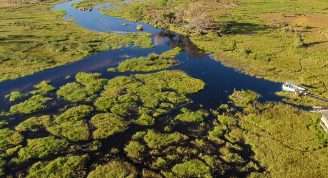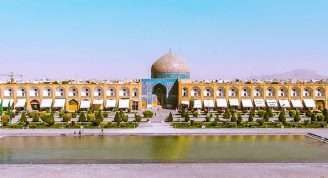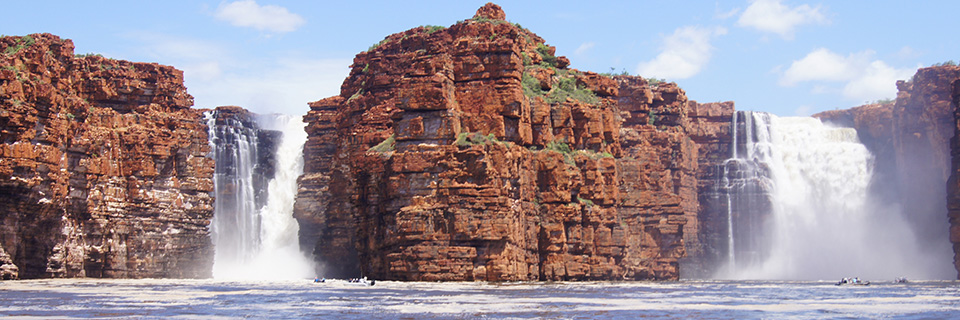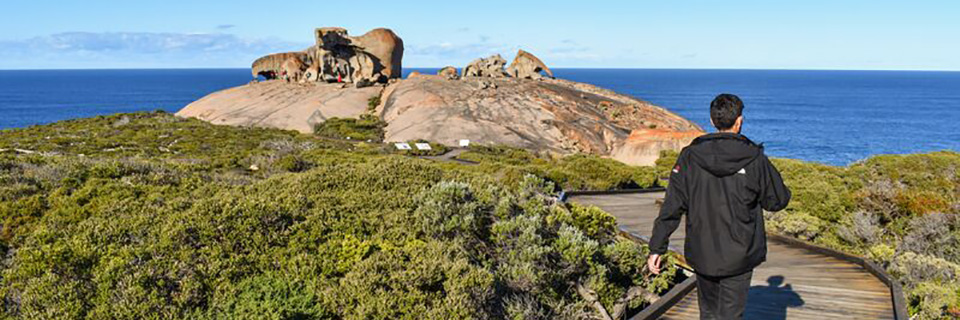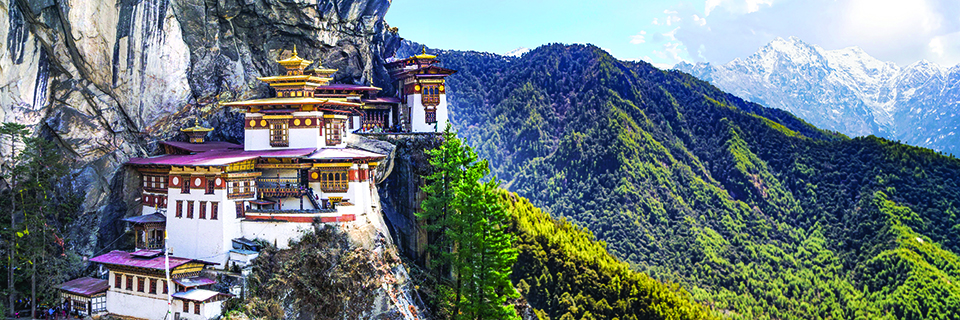Description
Explore Southern Africa, embarking from Johannesburg and journeying through the Kruger National Park, and Victoria Falls, before circling back to South Africa via the Okavango Delta, and the Khama Rhino Sanctuary. This adventure promises golden sunsets, remote wilderness camping, thrilling safaris, and serene river cruises teeming with iconic wildlife. Traverse South Africa, Botswana, and Zimbabwe and be amazed by powerful waterfalls, enchanted by encounters with endangered species and inspired by the resilience of local communities. Immerse yourself in Southern Africa and depart with newfound inspiration and cherished memories to last a lifetime.
- Head out on a very special bush walk with members of the world's first all-female anti-poaching unit, the Black Mambas. During this exclusive experience, learn how they're deterring poachers and patrolling 20,000 hectares of nature reserve, then spend the evening listening to their stories by the campfire.
- Go in search of Africa’s Big Five on full-day 4WD game drive in Kruger National Park.
- Spot wildlife in Chobe National Park during a sunset river cruise. This is when many animals – such as elephants, cheetahs and lions – come to drink, so get your cameras ready!
- Experience the untouched wilderness of Botswana's Okavango Delta by staying on a remote island bush camp. At night, the sounds of the African bush are the only things you will hear.
- Visit the only place in Botswana where both the white and black rhinos still remain: the Khama Rhino Sanctuary.
- Cycle through the colourful streets of Soweto with a local and hear firsthand about the townships’ rough but inspired history.



